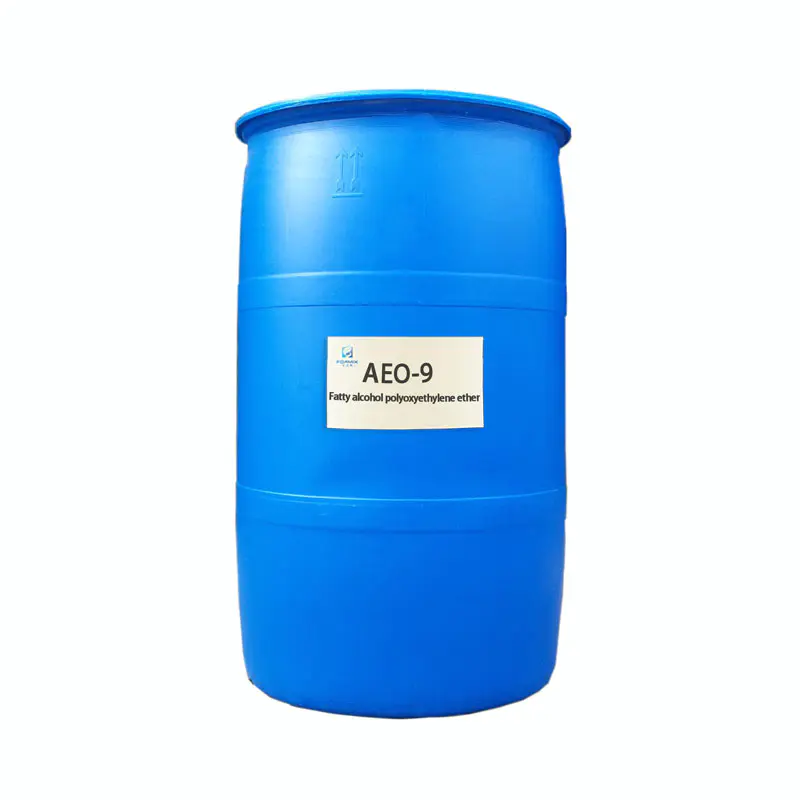Understanding Surfactants: Functions and Applications
2025-02-07
Surfactants, or surface-active agents, are versatile chemical compounds widely used across various industries. These compounds play a crucial role in reducing surface tension, enabling better interaction between liquids and solids. In this blog, we will explore the functions of surfactants, their types, and their diverse applications in different sectors.
What Are Surfactants?
Surfactants are molecules that consist of a hydrophilic (water-attracting) head and a hydrophobic (water-repelling) tail. This unique structure allows them to interact with both water and oil, making them essential for various processes, including cleaning, emulsification, and wetting.
Types of Surfactants
Surfactants are classified into four main categories based on their charge:
1. Anionic Surfactants
- Carry a negative charge.
- Commonly used in detergents, shampoos, and soaps.
2. Cationic Surfactants
- Possess a positive charge.
- Used in fabric softeners, disinfectants, and hair conditioners.
3. Non-Ionic Surfactants
- Do not carry any charge.
- Found in cosmetics, pharmaceuticals, and food processing.
4. Amphoteric Surfactants
- Can carry both positive and negative charges.
- Commonly used in personal care products and mild cleansers.

Applications of Surfactants
Surfactants have a wide range of applications due to their unique properties. Some key uses include:
- Household and Industrial Cleaning: Used in detergents and soaps for effective dirt and grease removal.
- Personal Care Products: Found in shampoos, body washes, and toothpaste.
- Food Industry: Used as emulsifiers in food products like mayonnaise and ice cream.
- Pharmaceuticals: Help in drug formulation and delivery systems.
- Agriculture: Improve the efficiency of pesticides and herbicides.
- Oil and Gas Industry: Assist in enhanced oil recovery by reducing surface tension.
Conclusion
Surfactants are essential components in various industries, offering multifunctional benefits. Their ability to interact with both hydrophilic and hydrophobic substances makes them indispensable in applications ranging from cleaning to healthcare. In our next blog, we will explore the environmental impact of surfactants and the advancements in eco-friendly alternatives.


